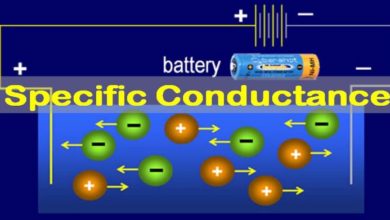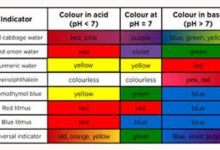Types of Mixtures
Types of Mixtures: A mixture is a combination of two or more substances mixing together without any chemical reaction. as a result, their molecular structure does not change. being not involving any chemical reaction, the substances can be separated easily at any time. there are two Types of Mixtures i.e., Homogeneous Mixtures and Heterogeneous mixtures.
reaction. as a result, their molecular structure does not change. being not involving any chemical reaction, the substances can be separated easily at any time. there are two Types of Mixtures i.e., Homogeneous Mixtures and Heterogeneous mixtures.
What is a Mixture?
mixtures are commonly used in chemistry. it is a combination of two or more substances joined physically not chemically. which means, there is no chemical reaction that occurs between the substances hence, every substance possesses its identity.
all substances or interlinked by some physical or mechanical ways, as a result, their physical properties like a boiling point or melting point can be changed or altered at any time. being not involved in any chemical changes, the substances can be separated by some physical separation methods like Crystallization, Chromatography, and Distillation, etc.
Types of Mixtures
There are Two Major types of mixtures:
- Homogeneous Mixtures
- Heterogeneous Mixtures
What are Homogeneous Mixtures?
Homogeneous Mixtures are those in which participants can not be distinguished and also can’t be identified. i.e., dissolving sugar in water cannot be separated. this type of mixture is also called the solution and is made by the solute and solvent. the solutes are always present in low quantity. most of the time, it is a liquid while the solvents are present in the dominant quantity. alcohol, wine, and gelatin are good examples of such types of mixtures.
20 Examples of homogeneous mixtures
- The air
- Wine
- Alcoholic beverages
- Cake preparation
- The water with sugar
- Alpaca
- The alloy metal
- Coffee with milk
- The amalgams
- White gold
- Shaving foam
- Flour with sugar
- The blood
- Water with salt
- Mayonnaise
- Artificial juice
- Bronze
- Jelly
- Detergent and water
- Alnico
What are Heterogeneous Mixtures?
Heterogeneous Mixtures are those in which participants or components can be distinguished easily. their composition is non-uniform also having their phase integrated irregularly and unevenly.
therefore it is possible to distinguish their phases with relative ease. Depending on the size of the particles of its components, we can speak of two types of heterogeneous mixtures
Heterogeneous mixtures . They are those in which the substances that make up the mixture can be distinguished with the naked eye. They are said to be not uniform as the substances do not combine chemically. For example: oil and water, or a lettuce and tomato salad .
They are those that, at first glance, the elements that compose it can be distinguished because they are made up of physically different substances. In many cases, the mixed elements can be easily separated again. For example, a salad.
Unlike homogeneous mixtures, in heterogeneous mixtures it is very easy to identify, even with the naked eye, what are the different components that make them up. This makes it much easier to separate these mixes at the same time. For example: water and oil / water and sand .
20 Examples of Heterogeneous Mixtures
- Aerosols
- Gravel
- Helium and air
- Salad
- Soup with noodles
- Water and oil
- Water and sugar
- Medicines
- Potatoes and egg
- Concrete
- Milk with marshmallows
- Rice and beans
- Cookies with sweet and butter
- Vinegar and oil
- Water and sand
- Water and gasoline
- Stones and wood
- Papers and tapes
- Water and paraffin
- French fries and peanuts
Types of Heterogeneous Mixtures
Methods and techniques used to separate heterogeneous mixtures
- Sieving technique
- Filtering technique
- Magnetic separation technique
- Decanting technique
- Crystallization and precipitation technique
- Distillation technique
- Chromatography
You May Also Like:
- Dispersion
- Emulsion
- Colloid
- Solution
- Separation
- Chemical compound


